Despite many trials, an industry-wide solution remains elusive
It’s a problem the industry has been grappling with for decades, through a dizzying number of pilots, and still no one has created a scaled system for reusing the same packaging.
But “there is method in the madness and lots of experimentation has provided light and clarity”, Wrap chair Sebastian Munden assured an audience at this week’s Retail Week x The Grocer LIVE event in London.
Munden was chairing a panel debate between proponents of two quite different approaches to finally cracking the nut.
Multiuse
Matt Kennedy is CEO of Again, a startup he founded three years ago which has “reinvented the milk bottle with more interesting drinks”, Munden explains.
Working with pub chains, Again is taking advantage of ‘reverse logistics’, meaning every time a lorry makes a delivery of bottles, it returns to the DC with empty ones. They are then taken to a cleaning facility – called a ‘CleanCell’ – capable of efficiently processing an array of different bottles and using “camera systems that check each item is acceptable to go back out on the market”, says Kennedy.
“We’ve spent the last three years building that and we’ve got a facility in Oval where we currently reuse 130,000 units a month.”
Glass bottles and pubs are just the beginning. The vision is to build a network of CleanCells and apply the model to other channels and categories.
But it needs to get cheaper to a close 15% cost gap versus single-use for large producers.
Incoming extended producer responsibility requirements will help by shifting the cost of recycling – or “smashing the bottle and melting it back into a bottle”, as Munden puts it – onto producers.
Kennedy also suggests further “legislative forces” to “inflate the price of single-use so we can genuinely compete”.
Refill
Helen Clements is director of GoUnpackaged, the sustainability consultancy behind the Refill Coalition, which is working to standardise the vessels used by the banks of dispensers in stores where customers fill their own containers. The route to scale lies in multiple retailers and brands adopting the vessels. There is also an Online version, using prefilled containers which are delivered to consumers and collected when empty.
“The proof of concept is done” for dry goods, with work ongoing on liquids. “We have the evidence,” says Clements. The containers “can be cleaned, we can do allergens, it works”.
But with Aldi and Ocado the only UK retailers involved, the Coalition needs “more to step up. They can’t just wait for something to be perfect at scale if they don’t do it,” she says.
Consumer behavioural change can be encouraged by making it cheaper than packaged alternatives, and “that will be true at scale because the vessels are optimised for logistics”.
And Clements notes a problem with models that would bring multiuse consumer-sized containers – such as Again – to bricks & mortar retail. Namely, that convenience stores and smaller supermarkets “do not have a back of house” in which to store the empty containers when customers return them.
Another project aiming to get consumers to return containers to stores is due to launch in multiple retailers, and with multiple brands, by 30 June this year. The project is powered by Reposit, the refillable packaging platform behind pilots of cleaning and laundry products in prefilled reusable containers in Asda, Co-op and, most recently, 25 M&S stores.
But “if a third of your retail switches over to a reusable piece of packaging, you need somewhere for that to be stored when it’s brought back empty”, says Clements. “Where are we putting that?”
This is why, Kennedy says, Again’s vision is to “almost leapfrog the return to store movement and incentivise the waste management industry not to crush kerbside [recycling]”, instead saving containers for cleaning and reuse.
And there is no need to force the standardisation of containers will naturally follow, it is argued. Munden interjects: “Look at convergence around PET in fizzy drinks. There was no law saying you’ve got to put fizzy drinks in a two-litre PET bottle. It’s economics. The bottle makers are saying if you really want my cheapest bottles, this is it. Scale can drive conversion to a platform.”
Clements sees the two models as potentially complementary, with the Coalition using Again’s network of CleanCells, “because these [vessels] shouldn’t have to travel far once they’re empty”.
“The truth is, what we’re going to need is multiple solutions,” she adds.







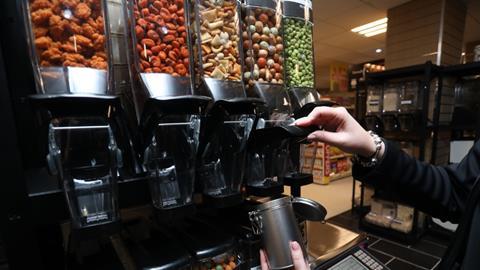
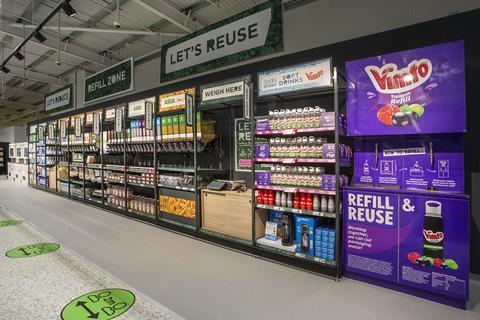
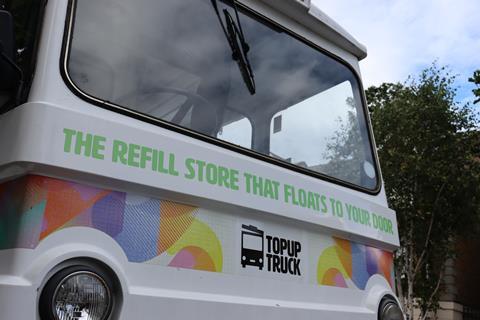


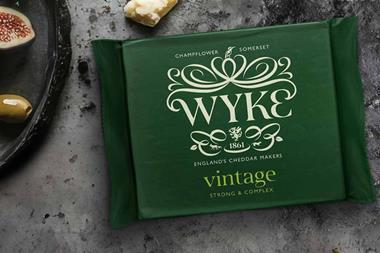


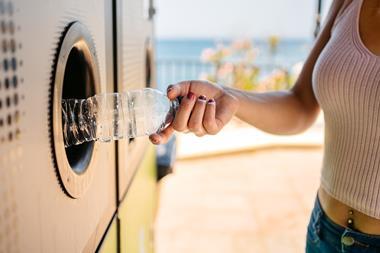

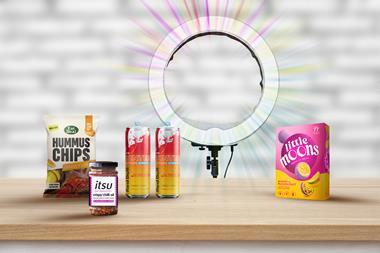





No comments yet